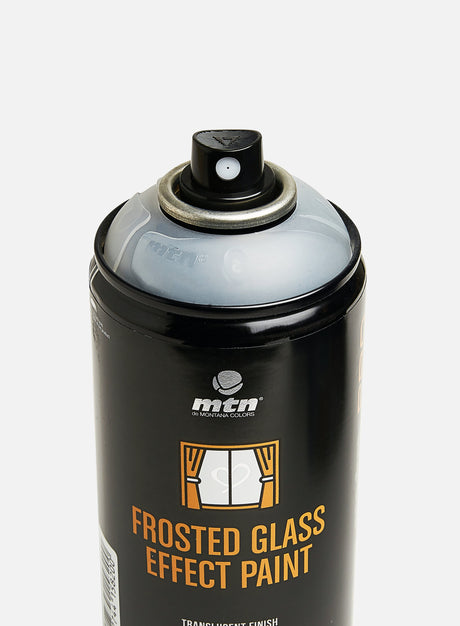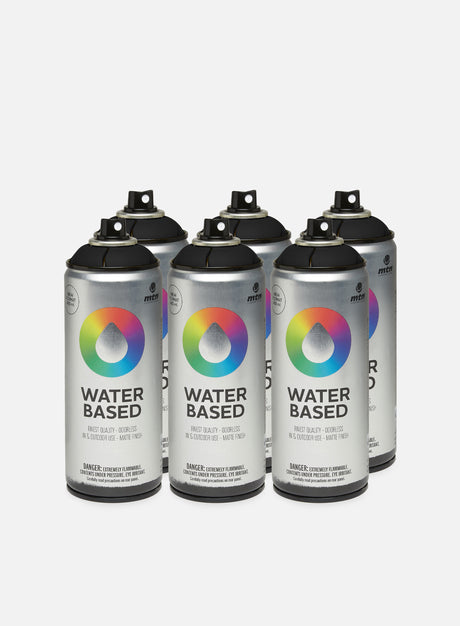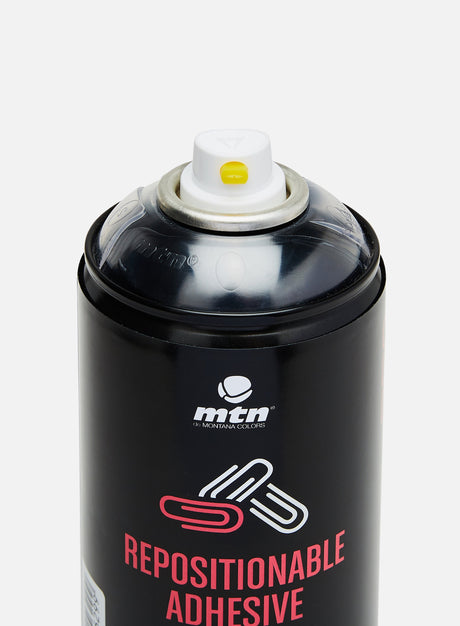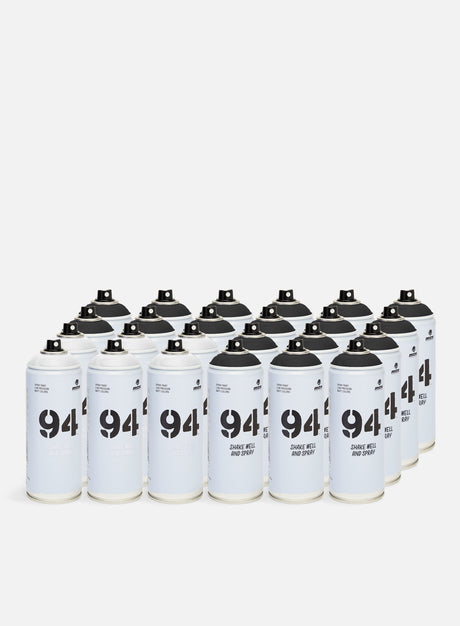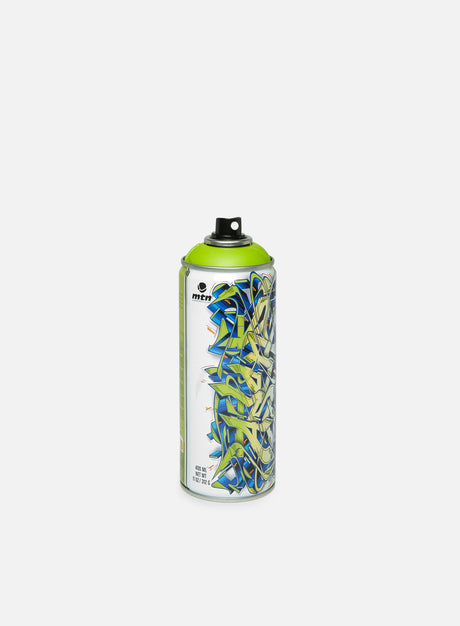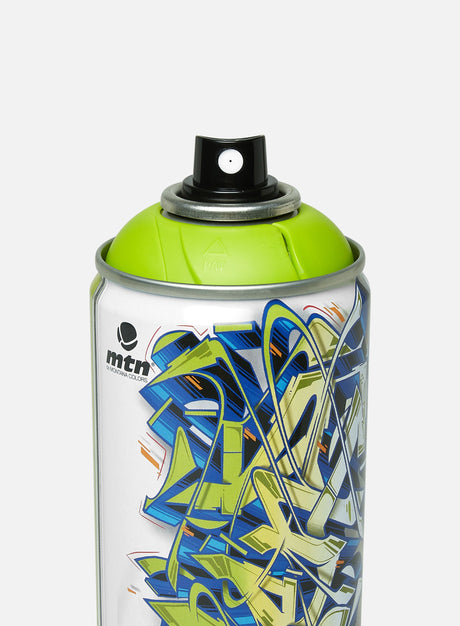Montana PRO Matte Fixative Lacquer 400 ml
Spray cans > Varnish
1 color€7,60Unit price /UnavailableMontana 94 400 ml Black & White 6 Pack
Packs > Black & White Spray Cans
€25,80€26,40-2%Unit price /UnavailableMontana PRO Frosted Glass Effect Paint 400 ml
Spray cans > Effect
1 color€10,50Unit price /UnavailableMontana MTN 94 Ltd Ed Wild Style 40th Anniversary, Fukushima Blue
Spray cans > Limited Editions
€39,00Unit price /UnavailablePacks > Black & White Spray Cans
€41,40€44,40-6%Unit price /UnavailableMontana 94 400 ml White 24 Pack
Packs > Black & White Spray Cans
€98,40€105,60-6%Unit price /UnavailableMontana MTN 94 Ltd Ed Wild Style 40th Anniversary Fab 5 Freddy, Colorado Red
Spray cans > Limited Editions
€39,00Unit price /UnavailableMontana PRO Stainless Steel Home Appliance Paint 400 ml
Spray cans > Varnish
1 color€8,90Unit price /UnavailableMontana MTN 94 Ltd Ed by Chaz, Matt Black
Spray cans > Limited Editions
€39,00Unit price /UnavailablePacks > Black & White Spray Cans
€36,60€39,00-6%Unit price /UnavailableMontana Water Based 400 ml Black 6 Pack
Packs > Black & White Spray Cans
€45,00€47,40-5%Unit price /UnavailableMontana MTN 94 Ltd Ed by Mr. Dheo, Emerald Green
Spray cans > Limited Editions
€49,00Unit price /UnavailableMontana MTN 94 Ltd Ed by Saber, Anonymous Violet
Spray cans > Limited Editions
€39,00Unit price /UnavailableMontana MTN 94 Ltd Ed by Sabe, Matt White
Spray cans > Limited Editions
€49,00Unit price /UnavailableMontana PRO Repositionable Adhesive 400 ml
Spray cans > Adhesive
1 color€11,50Unit price /UnavailableMontana Water Based 400 ml Black & White 12 Pack
Packs > Black & White Spray Cans
€91,20€94,80-3%Unit price /UnavailableMontana Water Based 400 ml White 6 Pack
Packs > Black & White Spray Cans
€45,00€47,40-5%Unit price /UnavailableMontana Water Based 400 ml Black & White 6 Pack
Packs > Black & White Spray Cans
€46,20€47,40-2%Unit price /UnavailableMontana 94 400 ml Black & White 24 Pack
Packs > Black & White Spray Cans
€98,40€105,60-6%Unit price /UnavailableMontana 94 400 ml Black & White 12 Pack
Packs > Black & White Spray Cans
€51,00€52,80-3%Unit price /UnavailableMontana MTN 94 Ltd Ed by Asend, Laser Green
Spray cans > Limited Editions
€39,00Unit price /UnavailableMontana MTN 94 Ltd Ed by Mister Cartoon, Matt Black
Spray cans > Limited Editions
€49,00Unit price /UnavailableMontana MTN 94 Ltd Ed by Delta X Ruyzdael, Matt Black
Spray cans > Limited Editions
€39,00Unit price /Unavailable




